All Photos by James D. Schwartz / The Urban Country
Each year my friends and I set forth on a 6-day epic journey in the interior of the beautiful 7,653 sq km Algonquin Provincial Park. Using only human power to reach the interior, we are much obliged to enjoy the serenity of the nature in a preserved, non-motorized natural environment.
Interior camping provides the rich opportunity to experience the world as it was before humans interfered with the natural environment – a world without the conveniences of civilized life. It also teaches some survival skills that so many people lack in the comfort of modern life.
Algonquin Park’s natural beauty could turn anyone into a naturist – but Algonquin Park wouldn’t be what it is today without the help of our government in conjunction with selfless individuals who fought for its protection from development.
Without this protection, Algonquin Park could have easily become a cluster of cottage-ridden lakes, with the smell of motor boat exhaust fumes and the sound of boats speeding by – all common traits of thousands of ruined Ontario lakes at the hands of wealthy cottage dwellers who believe that their personal pleasure is more important than preserving our natural environment.
Instead, the Algonquin Park Act was passed by the Ontario Legislature in 1893 to allow the park to serve as a wildlife sanctuary and to exclude agriculture to protect the rivers that flow from Algonquin Park.
Despite the passing of the Algonquin Park Act, human interference in the park did not cease – as logging was still permitted throughout the park. It wasn’t until Algonquin Park’s master plan was first released in 1974 that logging and recreational use would be regulated in an effort to preserve Algonquin Park in its natural state.
The goal of the park’s 1974 master plan was:
“to provide protection of natural and cultural features, continuing opportunities for a diversity of low intensity, recreational, wilderness and natural environmental experiences; and within this provision continue and enhance the Park’s contribution to the economic, social, and cultural life of the region”.
In other words, logging would continue, but it would be done in a sustainable way, and only in certain defined zones.
Other zones within the park would be preserved in their natural state by banning roads and motorized travel throughout those defined areas and regulating recreational users to ensure they have minimal impact on the environment.
It is within these provisions that we enjoy the park on our annual 6-day trip in the Algonquin Park interior.
The only way to reach the interior of Algonquin Park is to canoe in along the park’s vast network of lakes and portage trails – or to backpack in on one of several backpacking trails. Thus, the lack of motorized vehicles allows Algonquin Park to achieve its serenity in a natural landscape.
Each year we canoe and portage in to the interior of Algonquin Park to experience different lakes, routes and campsites – and every year is a new and fascinating experience.
This year we encountered several moose, snakes, ducks, loons, chipmunks, squirrels, beavers and a mink (among many other types of wildlife) – not to mention the clear view of the stars at night along with dozens of shooting stars.
Camping in the Algonquin interior includes everything from sawing and splitting wood, to lighting a fire, to hanging your food in a tree, to jumping off a cliff into the lake, to hiking along a portage trail, to canoeing through a marsh, to listening to wolves howl, to watching moose walk along a lake. All in the absence of motorized vehicles and electricity.
Everyone gets something out of their own Algonquin experience.
For me it’s about getting closer to nature and experiencing our wilderness first hand. It’s about spending time with friends, and understanding the true effort that goes into making a meal or transporting yourself outside of the civilized world.
It’s about reflecting on the destructive path that humans are headed, and how it contrasts with the tranquility of nature. It’s about reflecting on our needs versus our wants and understanding why humans always strive for more.
Henry David Thoreau explains why he lived in the woods in his famous essay “Walden”:
“I went to the woods because I wished to live deliberately, to front only the essential facts of life, and see if I could not learn what it had to teach, and not, when I came to die, discover that I had not lived. I did not wish to live what was not life, living is so dear; nor did I wish to practice resignation, unless it was quite necessary. I wanted to live deep and suck out all the marrow of life, to live so sturdily and Spartan-like as to put to rout all that was not life, to cut a broad swath and shave close, to drive life into a corner, and reduce it to its lowest terms, and, if it proved to be mean, why then to get the whole and genuine meanness of it, and publish its meanness to the world; or if it were sublime, to know it by experience, and be able to give a true account of it in my next excursion.”
To book your own unique Algonquin Park experience, you can visit ontarioparks.ca for more information.
Below are my favourite photos from this year’s Algonquin trip. These photos cannot do justice for the sheer beauty and serenity of Algonquin Park’s interior. It’s certainly something you need to experience yourself to truly appreciate, but the photos can provide some insight for what to expect on the inside of this natural haven.
James D. Schwartz is the editor of The Urban Country. You can contact James at james.schwartz@theurbancountry.com.
Related Articles:
- Middle-Aged Men Powering Through Midlife Crisis (Aug 2009)
- California Dreaming (Aug 2008)


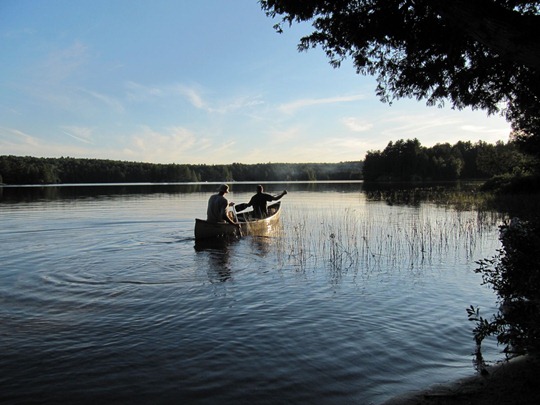
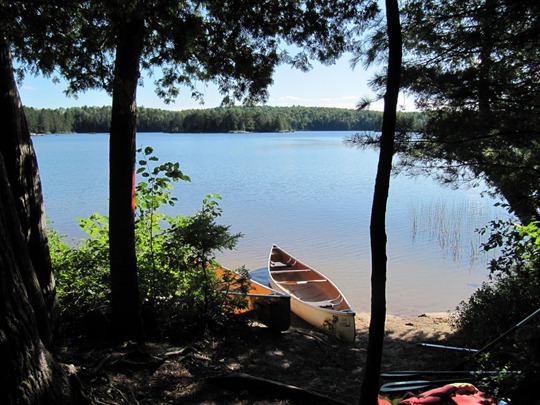

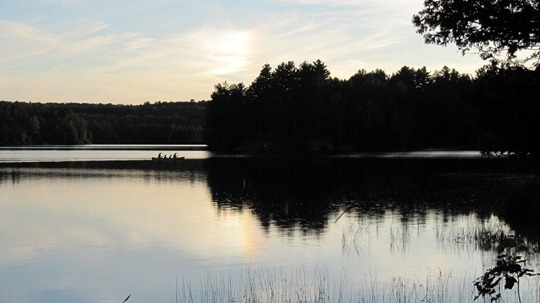


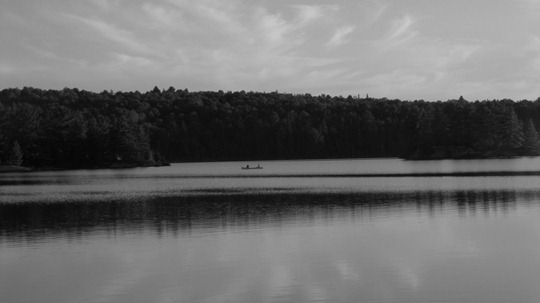

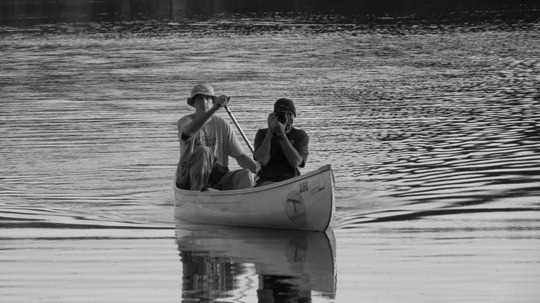
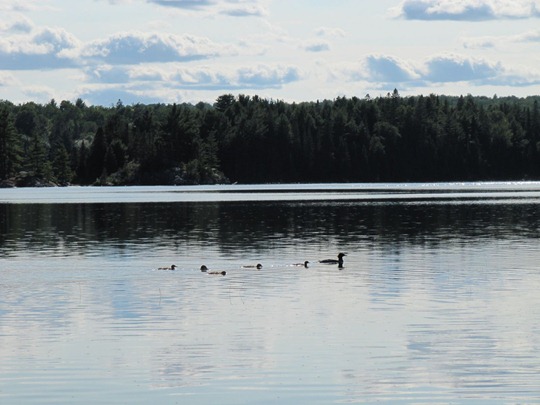
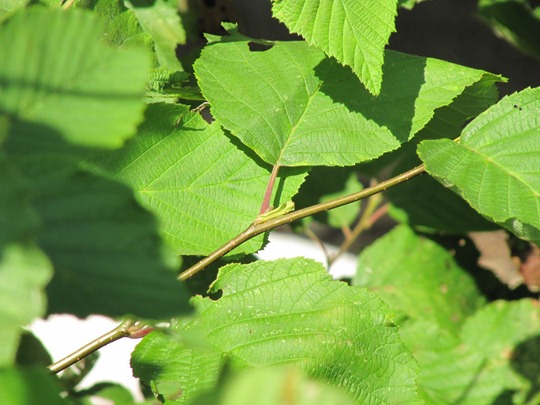
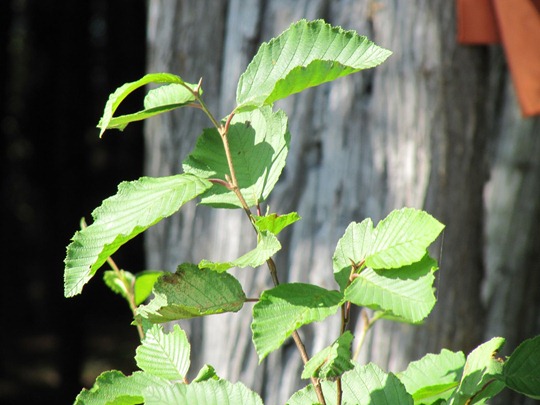
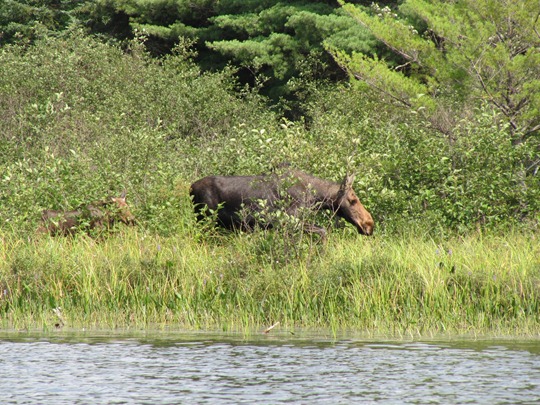
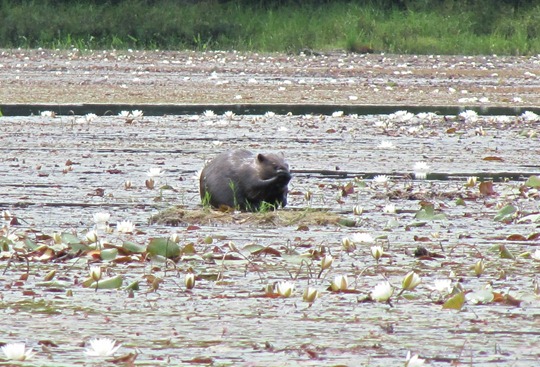
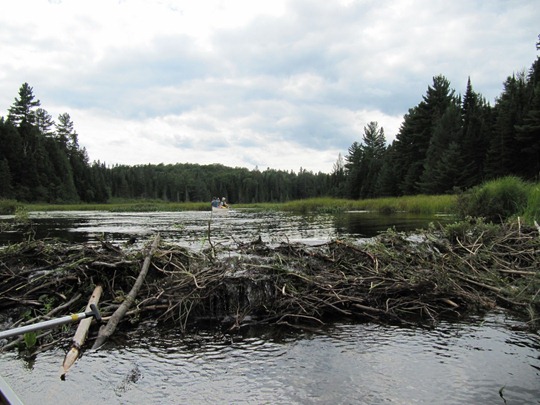
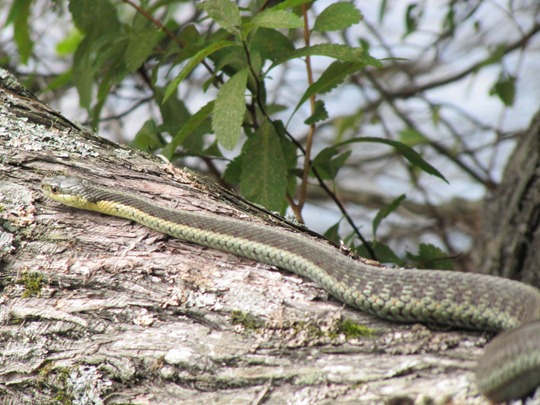

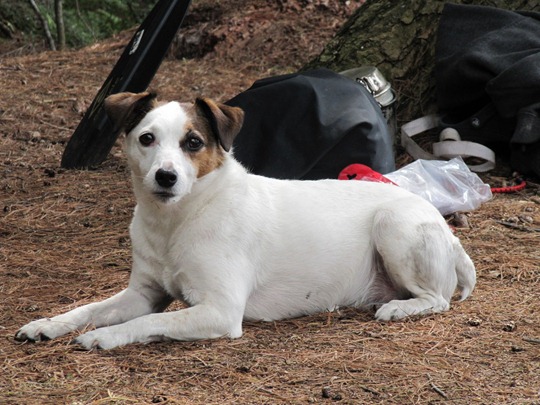
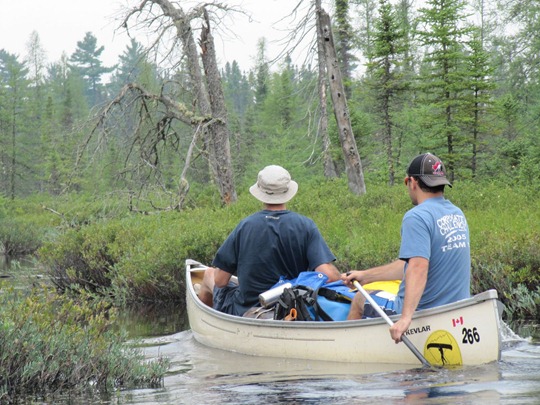
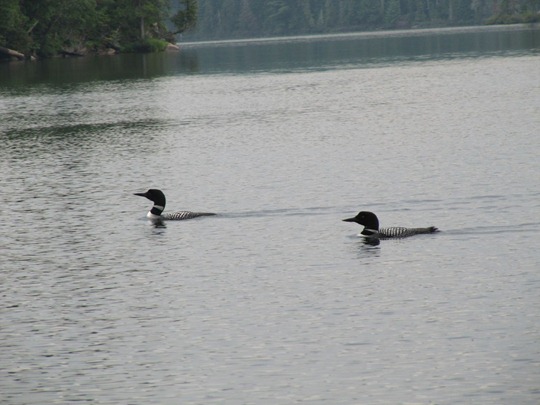
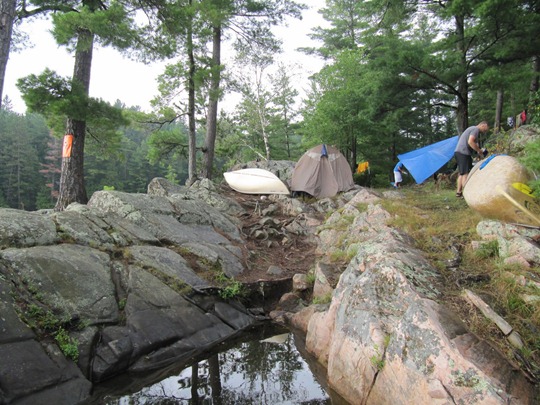
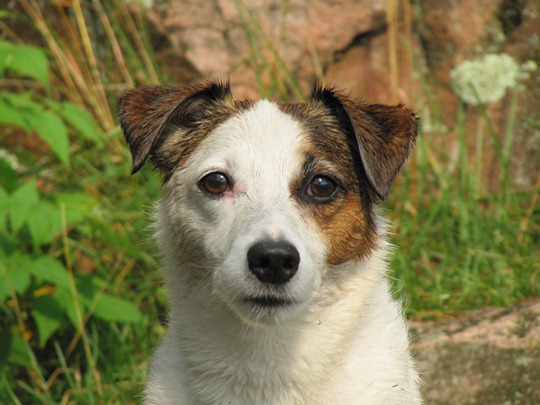
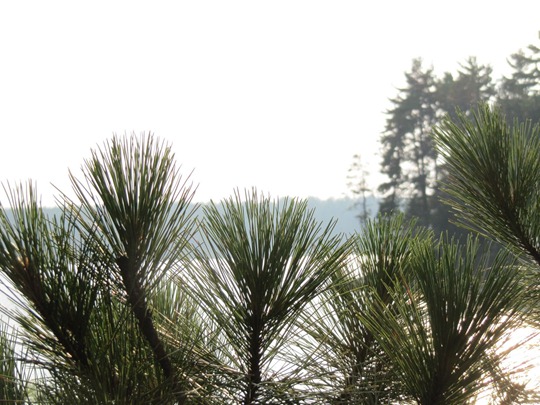
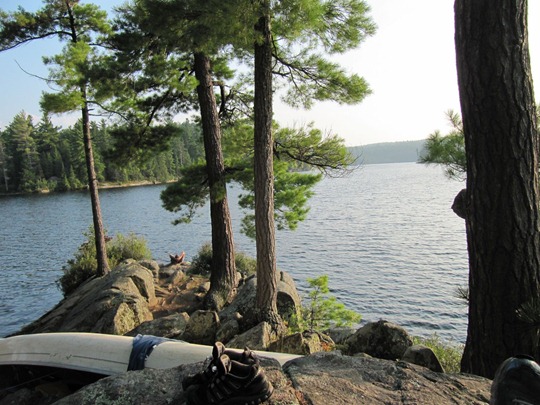
Nice post Jim! Photos like these remind me how much I should appreciate the nature that our country/province offers. My Algonquin trip starts next Saturday and I can’t wait!
Are dogs now allowed in Algonquin Park?
Thanks Boyan, you will certainly have a blast next weekend!
Kevin, I wasn’t aware that dogs weren’t allowed in Algonquin Park. Dogs have been allowed to go inside the park for as long as I have been doing this annual trip (since 2004).
I was flabbergasted when someone asked me the same question last week, about dogs being allowed. With very small dogs, sure I would be a little cautious around hawks. Aside from that though, I can’t begin to imagine camping in the wilderness without the very dogs that made that possible for us in the first place. Even if some petty by-law was ever instituted, I wouldn’t dream of letting it interfere with a 15,000 year-old bond between a man and his proud sentinel. A world where man leaves his dog at home to head outdoors is no world at all.
Pingback: 2010: Year In Review ← The Urban Country